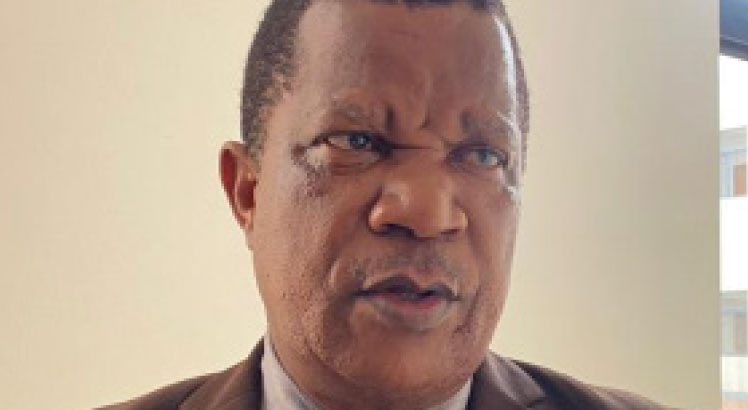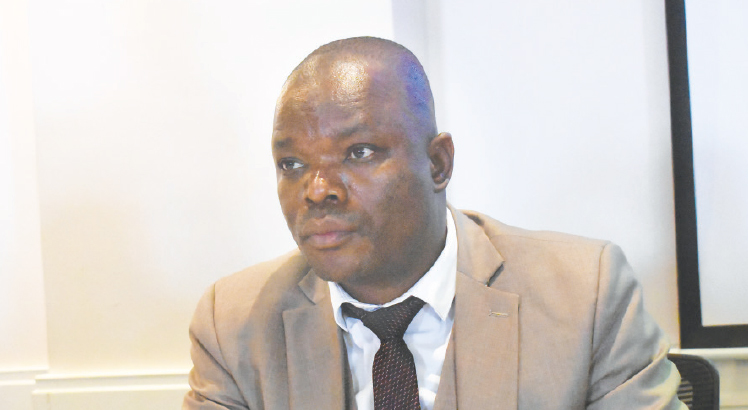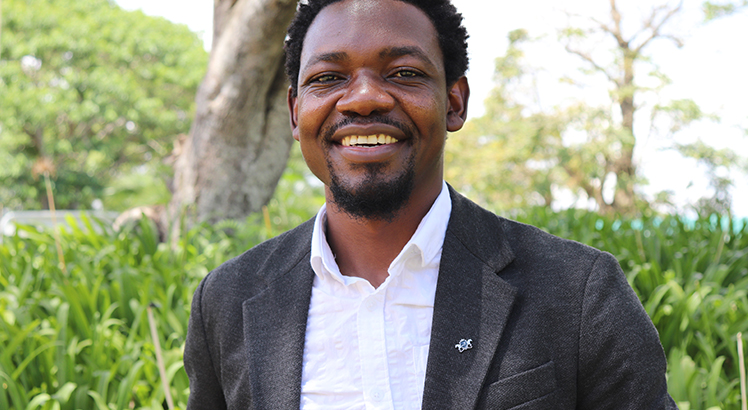Dealing with malaria desease in malawi
Malaria is one of the most dangerous diseases and a major public health problem that threatens the lives of many people in Malawi despite many efforts by government and non-governmental organisations. Our Staff Writer BOBBY KABANGO is talking to executive secretary for Lighthouse Foundation (LHF), Cho Il who has been in Malawi for eight years implementing a malaria control programme in Blantyre.

Tell us about your organization…
The Lighthouse Foundation (LHF) is a Korean NGO established in 2014 in Korea that provides humanitarian aids toward the needy around the world. In Malawi, we have been implementing Malaria Eradication Project in T/A Chigaru, Blantyre since 2010. This malaria project is mainly sponsored by Korea International Cooperation Agency, Republic of Korea (KOICA) and is also sponsored individuals and group private donors of the Lighthouse Foundation.
What are other projects you’re doing in Malawi?
LHF is also carrying out educational welfare projects for nursery and primary school students. As part of this project, we support Early Childhood Development (ECD) training programme for rural caregivers and also supply goods such as textbooks, school supplies, and educational materials to improve the learning environment for nursery and primary school students. As of now, we have trained 138 caregivers and supported 15 CBCCs and more than 3 000 students in 3 primary schools.
Tell me about the fight against malaria in Malawi—of all countries, why Malawi? Does it mean in Korea there is no malaria?
Malaria occurs in Korea as well but most of them are Plasmodium vivax malaria, which is relatively less dangerous than tropical malaria. Malaria, which has the most severe symptoms and the highest morbidity and mortality rate, is tropical malaria that occurs in sub-Saharan African countries where Malawi belongs. As one of our overseas projects, we searched for a target country for the purpose of eradicating malaria, one of the most serious diseases in Africa. We obtained information on Malawi through various channels, and we started to conduct the project in Malawi, most in need of our help. Because in north Blantyre area, where LHF implements malaria eradication project, is in a humid and low zone equipped area with optimal environment for mosquito larvae habitat, malaria is particularly serious and it is the main cause of mortality in this area.
Specifically, what are you doing to fight against the disease?
Emphasizing the importance of prevention prior to treatment, LHF has been engaged in a desperate struggle with mosquitos for several years to improve people’s awareness of malaria and their own preventive capabilities. Over the past eight years, LHF has been running a malaria clinic in Chibweya Village in T/A Chigaru as well as a mobile clinic for the remote area to provide health services for malaria and other diseases. LHF also conducts insecticide Indoor Residual Spray (IRS), mosquito nets distribution, malaria prevention and health hygiene education in an effort to eradicate malaria. We have also installed screen mosquito nets. Through these activities, LHF has contributed to the reduction of malaria mortality in this region.
Tell us more about spraying and screen mosquito nets.
The Screen Mosquito net (SMnet) is a screen-type mosquito net made of fibre glass materials that is installed on all the windows and the front door of each house, which is the unique and ingenious malaria prevention measures that LHF has devised. It offers double protection by being used with Long Lasting Insecticides Treated Net (LLITN) which contributes to a reduction in incidents of malaria and, safe and comfortable lives of villagers in their residence. Due to people’s lack of awareness and low utilization of existing mosquito net, LLIN considered installing SMnet for several years as an effective method to block incoming mosquitoes that still flow inside the house.
What impact have you recorded after installing screen nets?
Complete freedom from malaria still looks difficult, but through our general survey for our target 65 villages, we found that these efforts brought a visible outcome of reducing malaria infection and death rates. The organisation’s general data assessment proves that prevalence rate and mortality rate of target beneficiary area caused by malaria have decreased approximately 66.2 percent and 16.9 percent, respectively. Indeed, residents of households with the SMnet testify that the number of mosquitoes entering their houses has diminished significantly.
How about IRS?
This is one of the effective ways of malaria prevention for vector control to reduce transmission and to reduce the life span of vector mosquitoes. Since 2010, LHF has been conducting IRS annually before and during rainy season. This is when we spray insecticide by using a chemical compound called actellic 300CS in every part of the house which weakens and prevents the survival rate of mosquitoes. In addition, IRS is effective for exterminating other harmful insects and has brought the preference from local residents.
Visiting each house isn’t a difficult job? How are you able to do so?
It is actually very difficult to visit each and every household. We recruit and train 40 Malawian youth from the target areas and surrounding rural villages to carry out various activities for malaria control. They undergo rigorous training to become Malaria Monitors as community health workers. These malaria monitors visit each household when necessary during the field activity implementation.
You are working in T/A Chigaru, why only that area?
It is because this area has a high incidence of malaria in the northern part of Blantyre. Another reason is that we wanted to cover all areas of Blantyre but due to the limited budget, we have to confine it to a specific area. You need also to know that there are not enough health facilities in this area and the clinics are too far for pregnant women, children, and elderly patients to walk.
How long will this project be? And how many houses have you visited? How many are you targeting?
We have been conducting this malaria project every three years since 2010. The project currently in operation in the T/A Chigaru area is scheduled to be completed in 2019 as a third period. So far, we have visited more than 20 000 households, and now 65 villages and about 6 000 households are our target areas.
You have stayed in Malawi for about eight years now, how does it feel to be in Malawi?
It takes two days to arrive in Malawi from Korea, but I feel like a very close neighbor. When I first came to Malawi, I had no idea what to do and everything was unfamiliar and difficult, but as we started the malaria project, I found out that Malawians are good people, very friendly.
What food do you like to eat in Malawi? And which place do you like to visit?
I like the traditional Malawian chicken dish with tomato sauce. When I am not in Malawi, I prepare it myself in Korea. I have visited Lake Malawi, Zomba Mountain and Mount Mulanje. n





